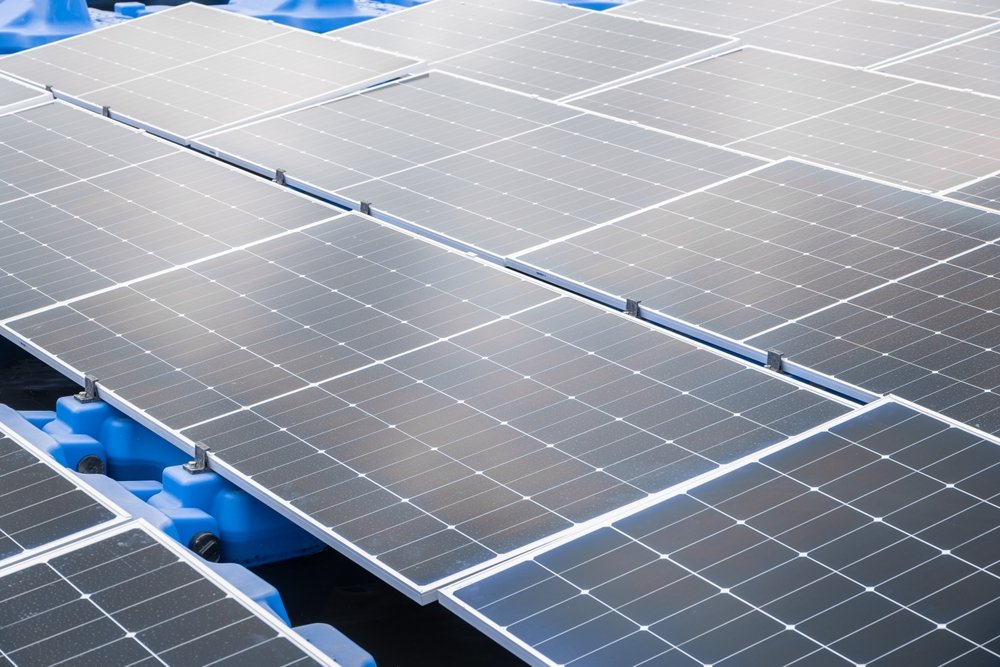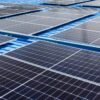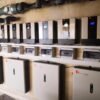The Ultimate Solar Guide for Kenya
The Ultimate Solar Guide for Kenya: 6 Key Tips to Maximize Your Solar Power
The Ultimate Solar Guide for Kenya. Switching to solar power in Kenya is one of the smartest investments for homes and businesses. But to truly get value for your money, you must understand where power is lost and how to size your system correctly.
In this guide, we cover 6 crucial topics every solar owner or buyer should know:
- Solar Voltage Drop – Why cable size matters.
- Inverter Losses – Why you don’t get 100% power.
- Heat and Solar Efficiency – Why cooler panels perform better.
- Solar Panel Efficiency – Why panels don’t convert all sunlight.
- Best Solar Batteries in Kenya – Why lithium beats lead-acid.
- How Many Solar Panels You Need – With real-life examples.
1. Solar Voltage Drop – Why Cable Size Matters
Voltage drop is the loss of voltage as electricity travels through a cable. The longer and thinner the cable (and the higher the current), the more power you lose.
How to Reduce Voltage Drop:
- Use the correct cable thickness (mm²) for your distance and current (Amps).
- Longer distance = thicker cable required.
Examples:
- 10A over 10m = 4mm² cable.
- 20A over 20m = 10mm² cable.
Kenya Example:
Installing a 1HP water pump 30m from your solar panel with a 2.5mm² cable can waste up to 20% of your power. Upgrading to 6mm² or 10mm² fixes the problem.
2. Solar Inverter Losses – Why You Never Get 100% Power
Solar inverters convert DC (from your panels) into AC for your appliances. During this process, 5–15% of power is lost as heat or conversion inefficiency.
Types of Inverters:
- Modified sine wave: 80–90% efficient, not suitable for sensitive electronics.
- Pure sine wave: 90–95%+ efficient, cleaner power, less waste.
Example:
A 1.5kW solar system with an 85% efficient inverter outputs: 1,500W×0.85=1,275W1,500W × 0.85 = 1,275W1,500W×0.85=1,275W
Upgrading to a pure sine wave inverter (95% efficiency) gives: 1,500W×0.95=1,425W1,500W × 0.95 = 1,425W1,500W×0.95=1,425W
That’s 150W more power every hour.
3. Heat and Solar Panel Efficiency
Does heat reduce solar power? Yes!
Solar panels are tested at 25°C. For every degree above this, they lose 0.3–0.5% power. In Kenya, panels can reach 50–70°C, leading to 5–10% loss.
How to Reduce Heat Loss:
- Elevate panels to allow air circulation.
- Use aluminium mounting rails to dissipate heat.
- Keep panels clean – dust + heat = more loss.
- Choose low-temperature coefficient panels like Jinko or Canadian Solar.
4. Solar Panel Efficiency – Why Panels Aren’t 100%
Solar panels convert only 18–22% of sunlight into electricity.
- More sunlight ≠ 100% energy.
- Even with strong Kenyan sunshine, efficiency is limited by panel technology.
How to Maximize Output:
- Install panels with no shading and maximum sun exposure.
- Tilt panels correctly (10–15° in Kenya).
- Clean panels regularly to avoid a 5–10% loss from dirt.
Example:
A 400W panel at 20% efficiency needs 2,000W of sunlight to generate 400W of electricity.
5. Which Solar Battery is Best in Kenya?
Lithium batteries (LiFePO4) are the best choice because they:
- Last up to 10 years (4,000+ cycles).
- Charge 2–3 times faster than lead-acid.
- Allow 80–90% deep discharge (more usable power).
- Require no maintenance.
Lead-Acid?
- Only consider if your budget is extremely tight.
- Short lifespan (2–3 years) and slow charging.
Best Lithium Brands in Kenya:
- Dyness, Pylontech, Greenrich, Sunsynk, Huawei Luna.
6. How Many Solar Panels Do You Need?
It depends on your daily power use and panel wattage.
Examples:
A) Small Home (Lights + TV + Fridge):
- Power Use: ~2kWh/day.
- Answer: 3 panels (350W each).
B) Medium Home (Lights + TV + Fridge + Freezer):
- Power Use: ~3.7kWh/day.
- Answer: 5–6 panels (350W each).
C) Large Home (AC + Appliances):
- Power Use: ~6kWh/day.
- Answer: 8 panels (400W each).
D) Small Shop (Freezers + Lighting):
- Power Use: ~4.6kWh/day.
- Answer: 6–7 panels (400W each).
Tip: Get a site assessment to avoid undersizing or oversizing your system.
Final Word
Kenya’s sunlight is powerful, but design and installation make the difference between a 70% and 95% efficient solar system.
- Use thicker cables to avoid voltage drop.
- Choose pure sine wave inverters for better performance.
- Install lithium batteries for long life and efficiency.
- Position your panels correctly and size your system based on real usage.



